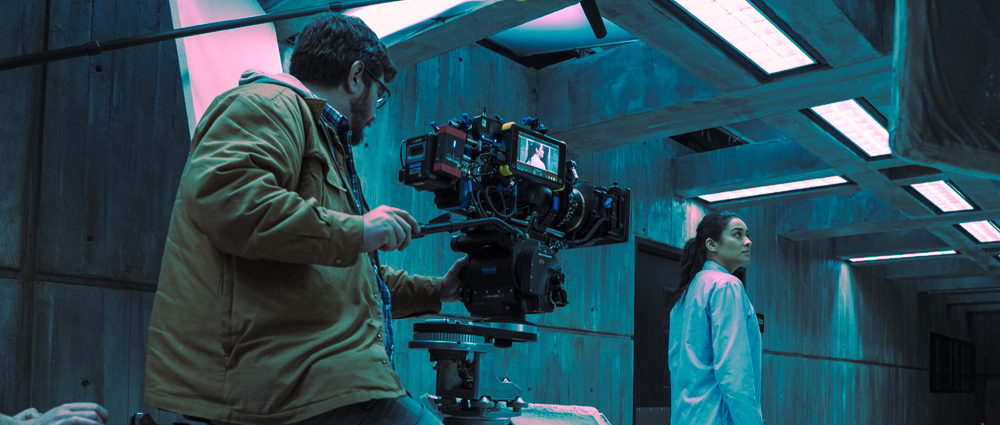Collaboration is a trait that is effective across all fields of human endeavor, and documentary filmmaking is no exception. In fact, an engaging documentary cannot come about without strong collaboration, with each member of the team giving their useful input to make the project a success.
Documentaries are quite different from narrative filmmaking, where the flow of events is dictated by a scripted narrative. Documentaries, in contrast, are essentially unpredictable and require a team of accomplished individuals to navigate the intricacies of real-world storytelling. A capable production team that collaborates on innovative ideas and shares their unique insights to ensure the project’s success is paramount.
The Spirit of Collaborative Filmmaking
Unlike the general perception, collaborative filmmaking doesn’t have to do with merely working together seamlessly—it’s about fostering a creative atmosphere where diverse viewpoints are appreciated, cherished, and integrated into the filmmaking process. It’s about embracing the dynamic nature of documentary storytelling and adapting to the unforeseen challenges that emerge along the way.
Building a Strong Documentary Production Team
Successful filmmaking largely hinges on a strong documentary production team. Each member brings a unique set of skills and experiences to the table, contributing to the overall vision and execution of the project. Some of the key roles involved in documentary production include:
· Director: Popularly known as the caption of the ship, the director is responsible for shaping the narrative, supervising all aspects of production, and ensuring the film achieves its intended impact.
· Producer: Responsible for the organizational and logistical aspects of filmmaking, the producer manages the budget, secures funding, supervises production schedules, and ensures the project runs well from start to finish.
· Cinematographer: The cinematographer works with the director to create a visual style that matches the narrative and elicits the desired emotions. They are responsible for capturing the visual spirit of the documentary.
· Sound Recordist: Working closely with the cinematographer, the sound recordist captures the audio of the documentary, ensuring high-quality sound that augments the storytelling.
· Editor: The editor collects the raw film into a cohesive narrative. They work with the director to shape the story, select the most captivating scenes, and create a gripping rhythm for the documentary.

Effective Communication in Filmmaking
Any collaborative endeavor is incomplete without effective communication, but in documentary filmmaking, this is inevitable. Clear and consistent communication is key to maintaining alignment and ensuring all team members are working towards the same objectives. Some of the key principles for effective communication in documentary filmmaking include establishing clear roles and responsibilities, setting regular communication channels, practicing active listening, encouraging feedback, and embracing technology.
Roles and Responsibilities in Documentary Production
Beyond the core roles mentioned earlier, a documentary production team may include various other individuals who contribute to the overall success of the project. These may include:
. Researchers: Researchers gather information, conduct interviews, and provide background knowledge to support the storytelling.
. Translators: Translators ensure accurate translations of interviews and other foreign language materials.
. Graphic Designers: Graphic designers create visual elements, such as title cards, maps, and infographics, to enhance the storytelling.
. Composers: Composers create original music to underscore the emotions and themes of the documentary.
Conclusion
Successful documentary filmmaking is simply not possible without a strong collaborative spirit within the production team. This involves creating an environment where people feel valued, treasured, and empowered to contribute their unique talents and perspectives.

